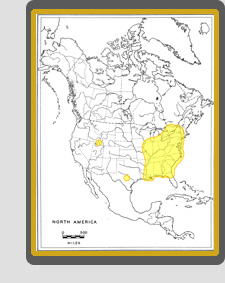

Characteristics
Sobarocephala flava is one of the more commonly-encountered species of Sobarocephala in eastern North America and, as its name suggests, is very pale in colouration. Both sexes have a variably reduced supra-alar spot on the thorax, however, and the female is lightly infuscated along the anterior margin of the first flagellomere and tergites 6 and 7 are partially dark brown.
Similar species
Sobarocephala flava is very similar in appearance to S. atricornis, but in the latter species the ventral half of the first flagellomere is black, the sides of the female notum are usually brown and most of female tergite 7 is yellow. Furthermore, S. atricornis is not commonly found south of the Great Lakes.
Other species with a yellow male abdomen either have a frons that narrows towards the back of the head (Sobarocephala flaviseta, S. latifacies), a densely plumose arista (S. affinis, S. muesebecki), a barrel-like epandrium and a gena that is nearly as high as the first flagellomere (S. lachnosternum), or a black or laterally-striped scutellum.
Biology
Specimens have been collected off of fallen maple and in sweeps of Poa, Agrostis, Phleum, Festuca and Juncus. Larvae have been reared from dead beech, poplar, elm and maple, both under the bark and in rotholes (Sabrosky & Steyskal, 1974; Lonsdale & Marshall, 2007c). Material has also been collected in floodplains, bogs, near water and in otherwise damp areas, as well as in savannah and oak and pine scrub. Malaise and yellow pan traps have been successful in collecting material